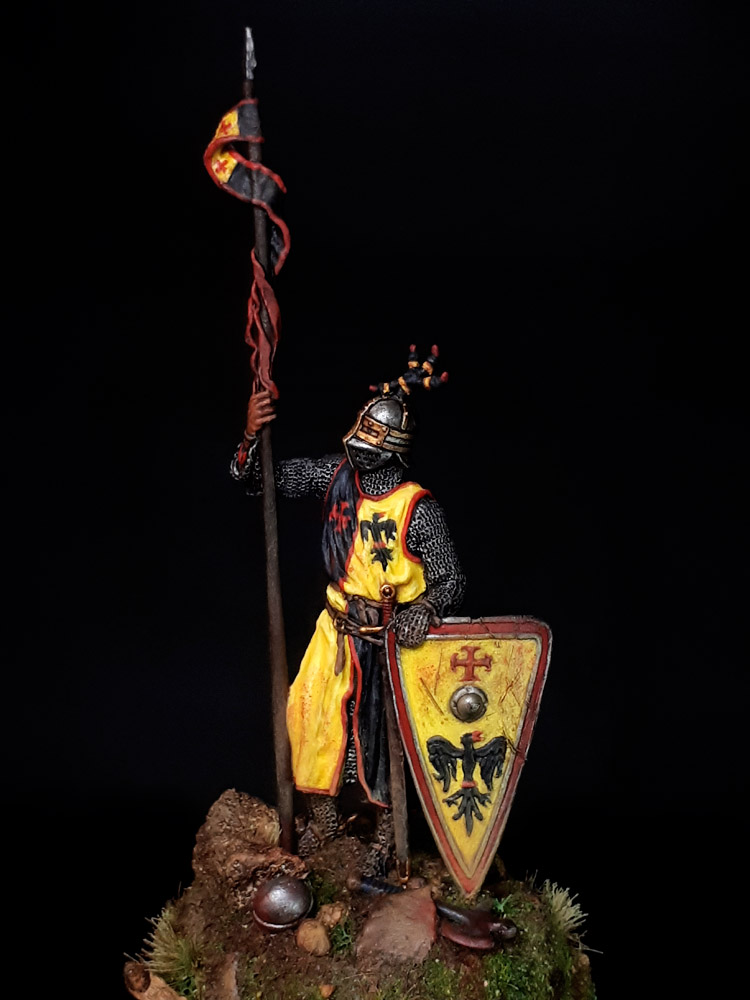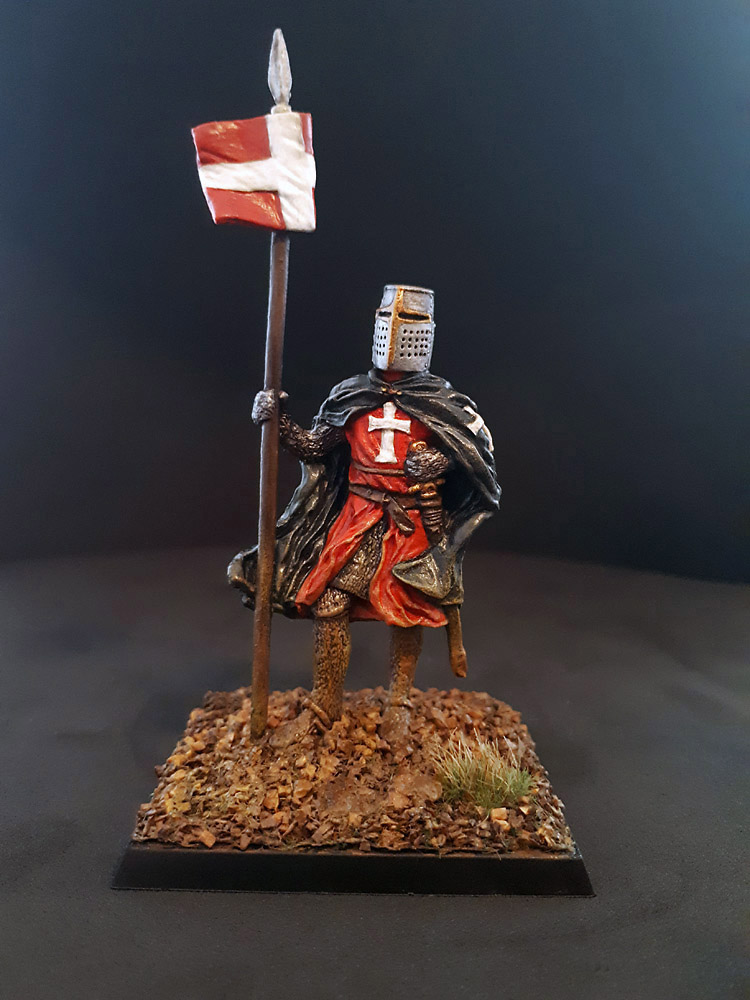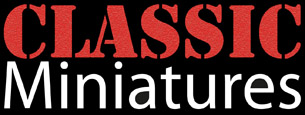
Many early knights were given their title on the battlefield by a lord or monarch usually after displaying particular valour and effectiveness in fighting the enemy. They could come from any background as long as courage, loyalty and valour were shown. By the 13th century AD though, most knights were sons of knights or lords and sought to maintain an exclusive place in society.
From the 9th century AD a knights armour was made up of chain mail ie: small interconnected iron rings. A hooded coat, trousers, gloves, and shoes could all be made from mail and so cover the entire body of the knight except the face. A full suit of mail could weigh up to 13.5 kilograms. The head was protected by a helmet or helm as they were often called. First simple conical helmets were worn, then a nose guard or mask was added.

By the 13th century AD, the fully enclosed helmet was often used with design innovations such as a protruding snout for better ventilation or conical top to deflect blows. Punched ventilation holes could provide decorative patterns, many were painted, and plumes of exotic birds could be added to the top. There was even a fashion for sculpted figures mounted on the crest which represented anything from stag horns and eagles to dragons.
Also by the early 13th century AD there was a fashion to wear a cloth garment or surcoat over the chain mail. Many believe that the surcoat shaded the armour from direct sunlight, which was important during the fighting in the Holy land (crusades). Most likely though, its appearance is associated with the recognition of “friend or foe” during a battle.
It was at the end of the 12th century that the art of heraldry developed in Europe, which made it possible for knights to have an individual system of symbols. The traditional heraldic field was a shield which gradually transformed from almond-shaped to triangular. The surcoat soon began to be covered with the coats of arms and emblems of their owners also. Two of the earliest heraldic symbols incorporated into heraldic fields were the cross and the eagle.
